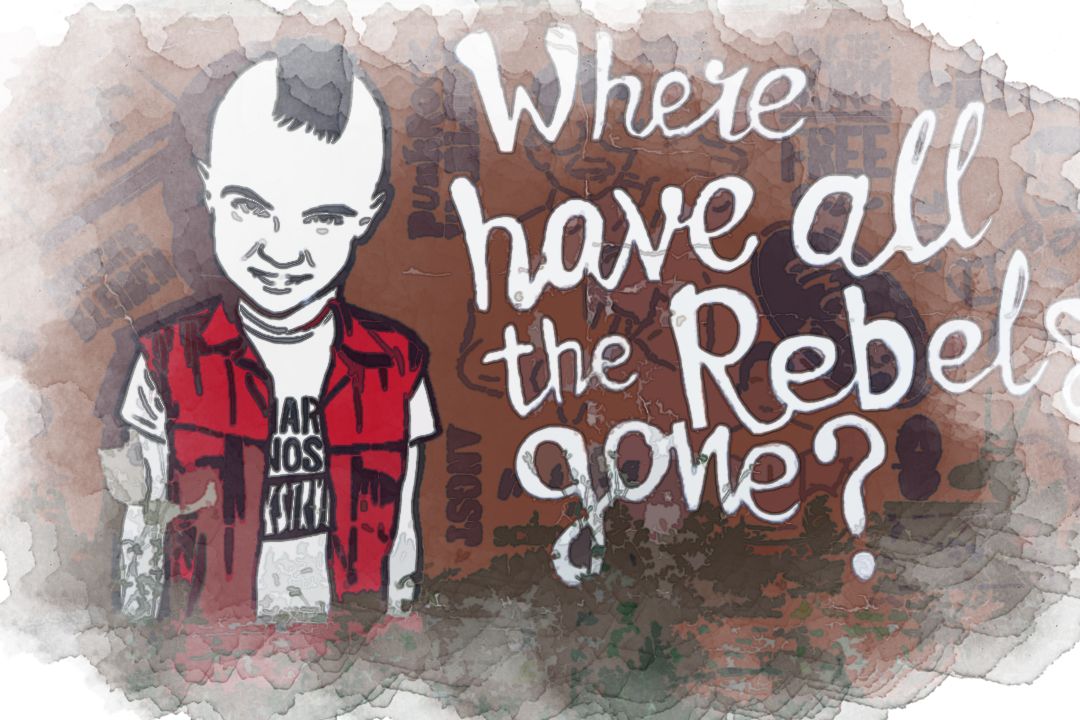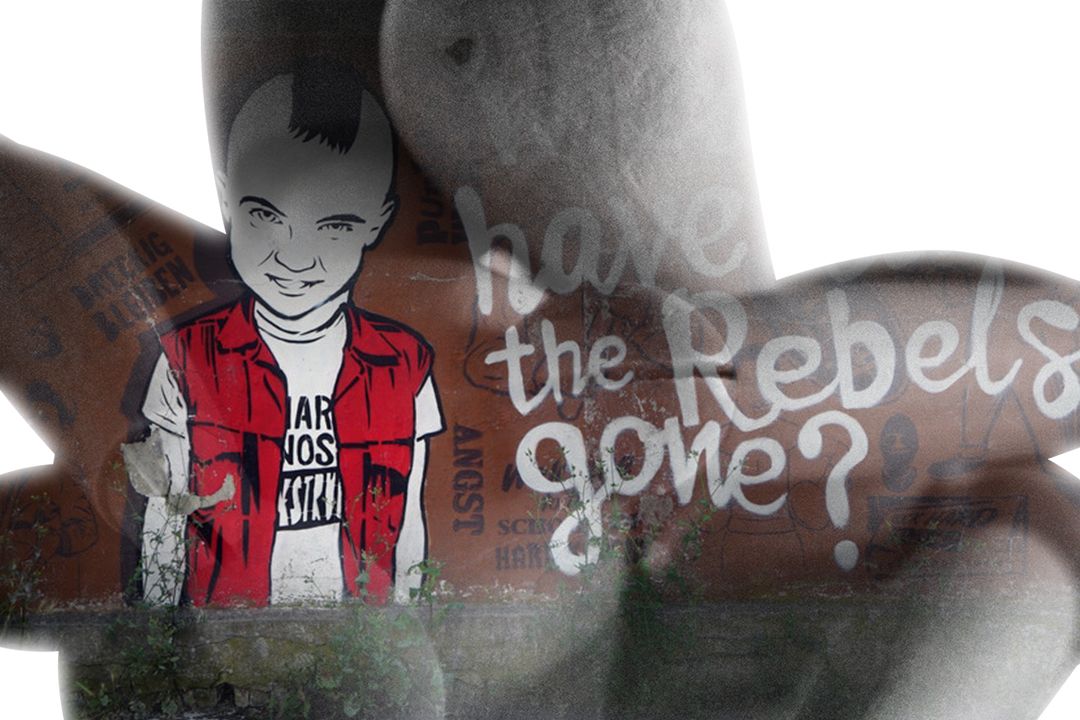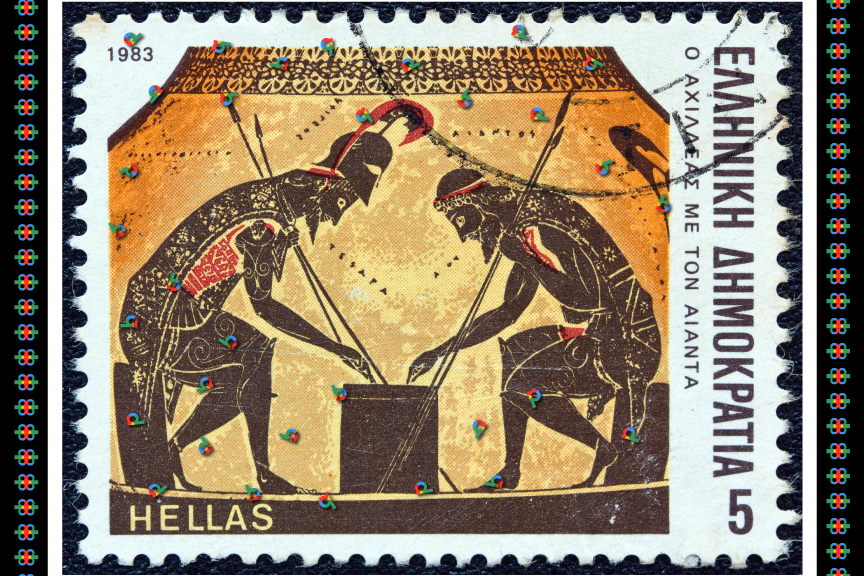No More Excuses!

Wallow in Your Self-Pity, You Wretched Excuse for a Human Being - Freedom is the Alternative
In the hushed stillness of a dimly lit room, the shutter clicked, capturing the moment reality barged in with all the subtlety of a thunderclap. The photograph immortalized a world that unfolded before weary eyes, a tableau of desolation etched in the creases of a face marked by the harsh hands of life. It was a moment suspended in time, a snapshot of the human condition, where the weight of existence rested heavily on slouched shoulders.
As the scene gradually faded, like memories losing their vivid hues, the image transformed into a spectral representation of life slipping through the sieve of time. The vibrant colours of joy and hope dulled into a grayscale melancholy, leaving behind a poignant reminder of the transience of human experience.
In the third iteration of the image, an abstract hand emerged from the shadows, reaching out with an ethereal glow—a beacon of compassion in the sea of desolation. The gesture, though intangible, offered solace to the wretched excuse for a human being who wallowed in self-pity.
For in reason, all government without the consent of the governed is the very definition of slavery.
—Jonathan Swift (1667-1745)
... echoed a voice in the recesses of the observer's mind. The haunting truth resonated through the image, a silent protest against the shackles of societal oppression. The juxtaposition of the reaching hand and the profound quote underscored the human spirit's innate desire for liberation.
Every generation imagines itself to be more intelligent than the one that went before it, and wiser than the one that comes after it.
—George Orwell (1903-1950)
Every generation, it seemed, believed itself more intelligent and wiser than the ones preceding and following. Now a tapestry of temporal layers, the photograph became a testament to this perpetual cycle of arrogance and enlightenment. The ghostly figures in the background whispered the wisdom of ages, lost on those who believed their understanding superior.
The only way to deal with an unfree world is to become so absolutely free that your very existence is an act of rebellion
—Albert Camus's (1913-1960)
The words lingered in the air, challenging the viewer to break free from the chains of despair. Now a symbol of rebellion, the reaching hand invited the wretched soul to grasp the tendrils of freedom that dangled just beyond their reach.
Freedom has cost too much blood and agony to be relinquished at the cheap price of rhetoric
—Thomas Sowell's (1930-present)
The final quote punctuated the narrative, a stern reminder that true freedom demanded sacrifice. With its layers of meaning and the interplay of light and shadow, the image beckoned the viewer to reflect on the price paid for liberty.
Though seemingly static, the room in the photograph whispered the echoes of untold stories. The worn furniture bore witness to countless moments of joy and despair. Faded wallpaper peeled away like the layers of forgotten memories, revealing the passage of time in the cracks on the walls. The window, draped in tattered curtains, framed a world indifferent to the struggles within.
The figure in the photograph, caught in the throes of self-pity, embodied the universal struggle against life's relentless adversities. The furrowed brow, the weary eyes, and the downturned mouth were brushstrokes of a life marked by hardship. The photographer, a silent observer, captured not just an image but a profound narrative etched into the fabric of the moment.
As the photograph transitioned into its second phase, the colours bled away, leaving a monochromatic representation of the human condition. The once vivid hues of joy and hope are now muted, creating a visual elegy for lost possibilities. The transformation was subtle yet profound—the visual equivalent of memories fading with time.
The figures in the background, barely discernible, became spectres of the past, whispering forgotten truths to those willing to listen. The room seemed to exhale the weight of accumulated experiences, creating an atmosphere thick with nostalgia and regret. The progression mirrored the cyclical nature of human existence, where moments of elation inevitably succumb to the shadows of bygone sorrows.
In the third iteration of the photograph, the abstract hand materialized—a transcendent symbol of empathy in a desolate landscape. Its ethereal glow illuminated the darkness, offering a lifeline to the wretched soul in self-pity. The hand, devoid of physicality, symbolized the intangible power of compassion and the potential for redemption.
Now drawn into the narrative, the observer could almost feel the warmth emanating from the spectral hand. It was a silent plea for connection, a reminder that even in the bleakest moments, the human spirit yearns for the touch of understanding. The juxtaposition of the reaching hand against the backdrop of fading memories created a poignant dichotomy—a clash between the ephemeral nature of life and the timeless gesture of compassion.
For in reason, all government without the consent of the governed is the very definition of slavery.
—Jonathan Swift (1667-1745)
... resonated through the room, merging with the visual narrative. The oppressive weight of societal expectations, represented by the fading memories, clashed with the liberating symbolism of the reaching hand. The quote, bold in its implications, elevated the photograph from a mere visual artifact to a potent commentary on the struggle for autonomy.
Now more pronounced, the ghostly figures in the background seemed to engage in a silent discourse on the folly of each generation's perceived superiority. Their formless whispers carried the wisdom of ages, a reminder that intellectual arrogance often blinds individuals to humanity's collective knowledge. The room, with its layers of time, became a canvas for the perpetual dance between enlightenment and ignorance.
The only way to deal with an unfree world is to become so absolutely free that your very existence is an act of rebellion
—Albert Camus's (1913-1960)
The words echoed through the room, infusing the narrative with a rebellious spirit. Now a symbol of defiance, the reaching hand invited the observer to question the chains that bound them. It was an invitation to transcend the limitations of a world steeped in conformity.
As the observer delved deeper into the photograph, the room expanded, revealing hidden corners and forgotten alcoves. Each nook harboured untold stories, and every piece bore the weight of countless emotions. Once a passive observer, the window now framed a world teeming with possibilities—a stark contrast to the perceived imprisonment within the room.
Freedom has cost too much blood and agony to be relinquished at the cheap price of rhetoric
—Thomas Sowell's (1930-present)
The final quote reverberated through the room, a stark reminder that pursuing freedom demanded sacrifice. The visual narrative, now enriched with layers of meaning, challenged the observer to reflect on the true cost of liberation. The fading memories, the reaching hand, and the spectral figures coalesced into a visual symphony that transcended the boundaries of a mere photograph.
In the culmination of the narrative, the room, once a static backdrop, became a dynamic stage for the human experience. The observer, now an active participant, felt the ebb and flow of emotions reverberating through the visual tapestry. It was a story told not just through pixels and shadows but through the universal language of empathy and introspection.
The wretched soul, once confined to the frame, now stood at the threshold of transformation. The reaching hand, symbolic of compassion and rebellion, offered a choice—to remain ensnared in self-pity or to grasp the intangible threads of freedom. The room, with its layers of history and the echoes of forgotten voices, became a metaphor for the boundless possibilities that awaited beyond the confines of despair.
As the observer lingered in contemplation, the photograph became a mere image frozen in time. It morphed into a portal, inviting those who dared to venture into the intricacies of the human spirit. The bold and resounding quotes served as guiding lights, illuminating the path toward a deeper understanding of the profound truths embedded within the visual narrative.
Ultimately, the photograph transcended its role as a competition entry; it became a transformative experience, a journey through the layers of human existence and the timeless quest for freedom. The observer, now enriched with newfound perspectives, carried the story within, a testament to the enduring power of art to provoke thought and kindle the flames of introspection.

The planksip Writers' Cooperative is proud to sponsor an exciting article rewriting competition where you can win over $750,000 in prize money.
Figures of Speech Collection Personified
Our editorial instructions for your contest submission are simple: incorporate the quotes and imagery from the above article into your submission.
What emerges is entirely up to you!
Winners receive $500 per winning entry multiplied by the article's featured quotes. Our largest prize is $8,000 for rewriting the following article;

At planksip, we believe in changing the way people engage; at least, that's the Idea (ἰδέα). By becoming a member of our thought-provoking community, you'll have the chance to win incredible prizes and access our extensive network of media outlets that will amplify your voice as a thought leader. Your membership truly matters!


